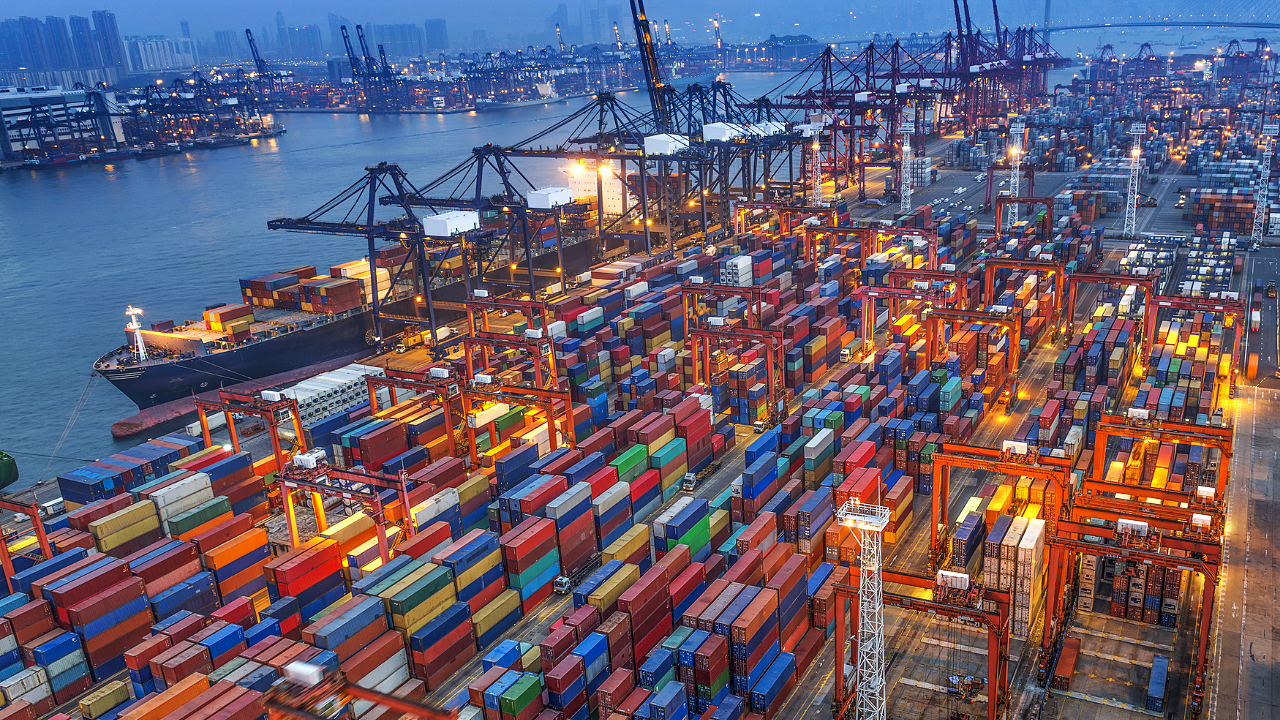
Growing demand for transporting goods via waterways drives global shipping container sales to increase in valuation from around $ 7.9 billion currently to $ 13.7 billion by the end of 2031; this translates to 2.1 million units, according to the latest market insights by Persistence Market Research (PMR).
The global shipping containers market saw a slump in 2020 due to the COVID-19 pandemic, with a recorded growth of -4.4%.
According to the report, dry containers represents over 70% of the total market. These have been the mainstay of the shipping industry over the years, especially in dry insulated containers.
The global market has been analysed with the COVID-19 impact, various macroeconomic factors, market trends, and market background.
Some of the key players in this space include Hapag Lloyd, Evergreen Marine, Cleveland Containers, BSL Containers, Sicom, China International Marine Containers, and Maersk.
PMR's study has analysed the market based on type, material, end-user, and region. In addition, the report tracks the market by both, supply-side and demand side.
According to the research company, steel is the most widely used material for manufacturing shipping containers, representing 40% market share. Most manufacturers prefer its use as it makes the containers weldable and rust-resistant and provides higher corrosion resistance and tensile strength.
Dry shipping containers comprises over 70% of the global market share, says PMR.
The research firm observes that the key manufacturers are inclined toward 40 feet high cube containers than 40 feet conventional containers since they offer around 12% more carrying capacity.
Inclusion of specially constructed features to speed up loading and unloading while keeping containers secure will drive the global market.
Moreover, the demand is high for uniquely configured specialised shipping containers to protect and support content while being handled, shipped, stored, and unpacked by users.
The players in the eco-system are developing new materials such as hybrid and fibre-reinforced polymer (FRP) to reduce the weight of containers, which helps in cutting expenses on labour and installation.
Prices of shipping containers are on the rise due to strong demand where the supply rate is being outpaced,' says a Persistence Market Research analyst.
The market is understood to be moderately consolidated in nature, with key players accounting for around 35% of the market share. These players are likely to invest in new technology developments and expand their networks to maintain their market shares, states PMR.
Courtesy: Persistence Market Research. NB: Photo is representational.